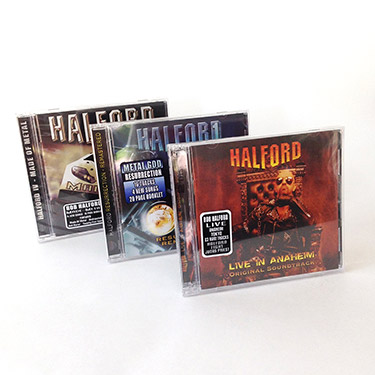How Does CD Replication work?
CD replication is the process of copying a physical CD from one CD-R or CD-RW disc to another. The process of creating a copy of a CD can be done on either a large scale, where thousands or even millions of copies are produced or on a smaller scale, where only a few copies are made.
There are several ways to replicate CDs. The most common method is to use an optical drive that reads the data off of the original CD and writes it to a new disc. This method is used most often when only a few copies need to be made.

Another method is to use a digital audio player that reads the data off of the original disc and streams it over the internet or via local network connections. This method is used when large numbers of copies are needed, or when the original disc cannot be read by an optical drive.
The first steps in creating an audio CD typically involve ripping an audio track from a CD onto your computer's hard drive. Any number of software tools are available for audio CD ripping. Ripping is usually performed by entering the track number and title of the song you want to rip, as well as its length in minutes and seconds.
It's important to select an output format that has enough quality to be played back on standard CD players and audio players in order to ensure proper playback when playing back tracks from your ripped CDs at home.